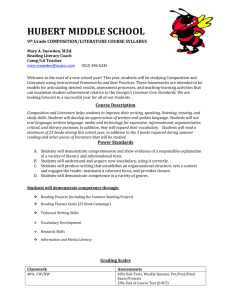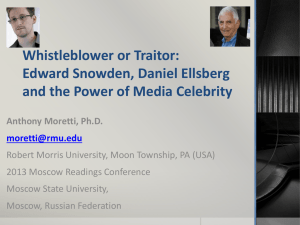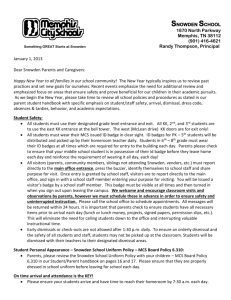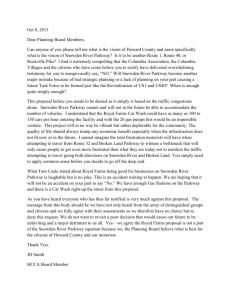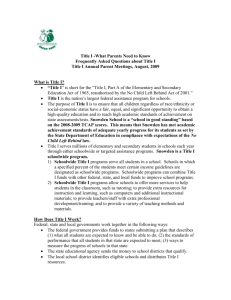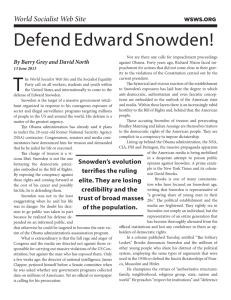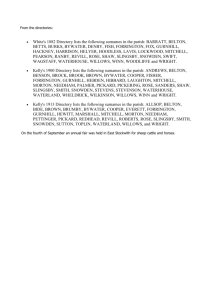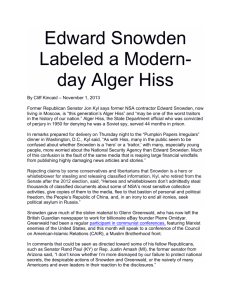Move Over, Rudolph - The Wall Street Journal
advertisement
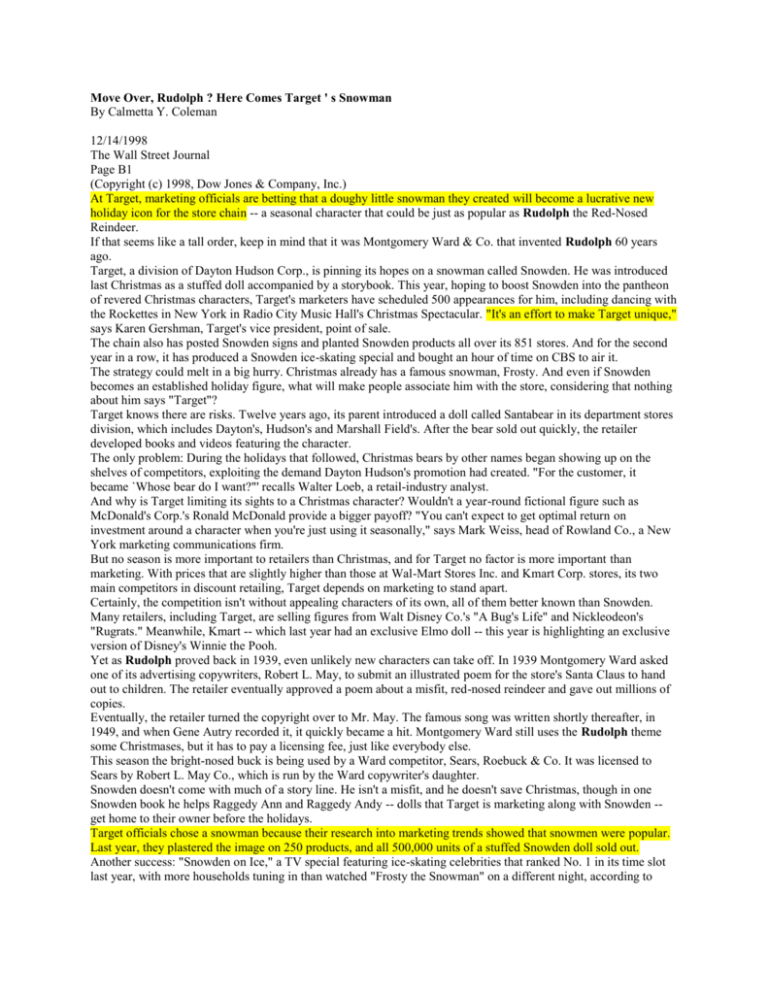
Move Over, Rudolph ? Here Comes Target ' s Snowman By Calmetta Y. Coleman 12/14/1998 The Wall Street Journal Page B1 (Copyright (c) 1998, Dow Jones & Company, Inc.) At Target, marketing officials are betting that a doughy little snowman they created will become a lucrative new holiday icon for the store chain -- a seasonal character that could be just as popular as Rudolph the Red-Nosed Reindeer. If that seems like a tall order, keep in mind that it was Montgomery Ward & Co. that invented Rudolph 60 years ago. Target, a division of Dayton Hudson Corp., is pinning its hopes on a snowman called Snowden. He was introduced last Christmas as a stuffed doll accompanied by a storybook. This year, hoping to boost Snowden into the pantheon of revered Christmas characters, Target's marketers have scheduled 500 appearances for him, including dancing with the Rockettes in New York in Radio City Music Hall's Christmas Spectacular. "It's an effort to make Target unique," says Karen Gershman, Target's vice president, point of sale. The chain also has posted Snowden signs and planted Snowden products all over its 851 stores. And for the second year in a row, it has produced a Snowden ice-skating special and bought an hour of time on CBS to air it. The strategy could melt in a big hurry. Christmas already has a famous snowman, Frosty. And even if Snowden becomes an established holiday figure, what will make people associate him with the store, considering that nothing about him says "Target"? Target knows there are risks. Twelve years ago, its parent introduced a doll called Santabear in its department stores division, which includes Dayton's, Hudson's and Marshall Field's. After the bear sold out quickly, the retailer developed books and videos featuring the character. The only problem: During the holidays that followed, Christmas bears by other names began showing up on the shelves of competitors, exploiting the demand Dayton Hudson's promotion had created. "For the customer, it became `Whose bear do I want?"' recalls Walter Loeb, a retail-industry analyst. And why is Target limiting its sights to a Christmas character? Wouldn't a year-round fictional figure such as McDonald's Corp.'s Ronald McDonald provide a bigger payoff? "You can't expect to get optimal return on investment around a character when you're just using it seasonally," says Mark Weiss, head of Rowland Co., a New York marketing communications firm. But no season is more important to retailers than Christmas, and for Target no factor is more important than marketing. With prices that are slightly higher than those at Wal-Mart Stores Inc. and Kmart Corp. stores, its two main competitors in discount retailing, Target depends on marketing to stand apart. Certainly, the competition isn't without appealing characters of its own, all of them better known than Snowden. Many retailers, including Target, are selling figures from Walt Disney Co.'s "A Bug's Life" and Nickleodeon's "Rugrats." Meanwhile, Kmart -- which last year had an exclusive Elmo doll -- this year is highlighting an exclusive version of Disney's Winnie the Pooh. Yet as Rudolph proved back in 1939, even unlikely new characters can take off. In 1939 Montgomery Ward asked one of its advertising copywriters, Robert L. May, to submit an illustrated poem for the store's Santa Claus to hand out to children. The retailer eventually approved a poem about a misfit, red-nosed reindeer and gave out millions of copies. Eventually, the retailer turned the copyright over to Mr. May. The famous song was written shortly thereafter, in 1949, and when Gene Autry recorded it, it quickly became a hit. Montgomery Ward still uses the Rudolph theme some Christmases, but it has to pay a licensing fee, just like everybody else. This season the bright-nosed buck is being used by a Ward competitor, Sears, Roebuck & Co. It was licensed to Sears by Robert L. May Co., which is run by the Ward copywriter's daughter. Snowden doesn't come with much of a story line. He isn't a misfit, and he doesn't save Christmas, though in one Snowden book he helps Raggedy Ann and Raggedy Andy -- dolls that Target is marketing along with Snowden -get home to their owner before the holidays. Target officials chose a snowman because their research into marketing trends showed that snowmen were popular. Last year, they plastered the image on 250 products, and all 500,000 units of a stuffed Snowden doll sold out. Another success: "Snowden on Ice," a TV special featuring ice-skating celebrities that ranked No. 1 in its time slot last year, with more households tuning in than watched "Frosty the Snowman" on a different night, according to Nielsen Media Research. "In terms of a retailer having this kind of success story, it's remarkable," says Terry Botwick, CBS's senior vice president of current programming and specials. This year, Target has added 50 new items bearing a Snowden trademark, everything from pajamas to tissue boxes. Many will be displayed in a Snowden Treetop Shop, a boutique-like section of Target stores that includes a colorful collection of toys, tea kettles, candles, socks, tree skirts and more. In a move that should help distinguish Snowden from Frosty and all other snowmen out there, Target this year replaced his anonymous black top hat with a red-and-green cap with the name "Snowden" stitched on the front. A second ice-skating special, which teamed the snowman with Raggedys Ann and Andy, also received top ratings last month, and CBS has informally agreed to co-produce an animated special for the 1999 holiday season, a network executive says. Target insists its Snowden campaign isn't even that expensive. "Every retailer runs a marketing program at Christmas, so there's no extra money going into Snowden," says John Pellegrene, Target's senior vice president of marketing and Snowden's primary creator.
